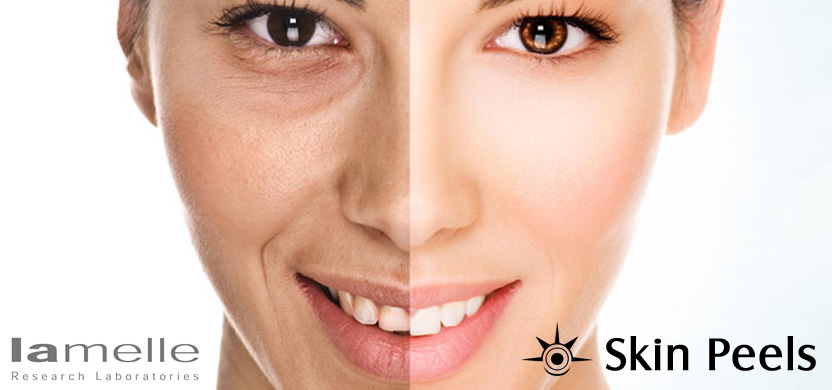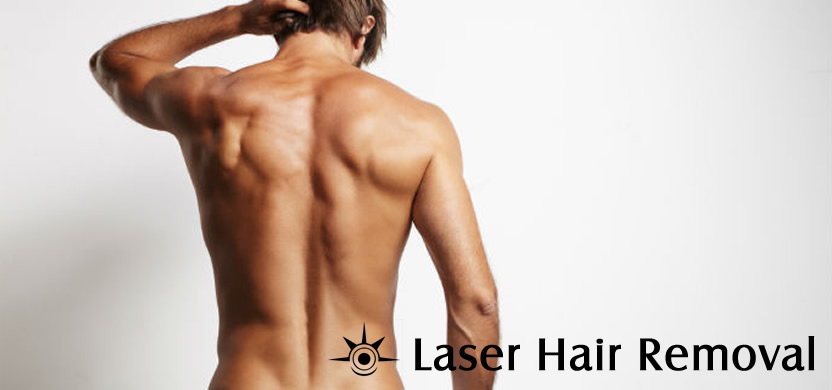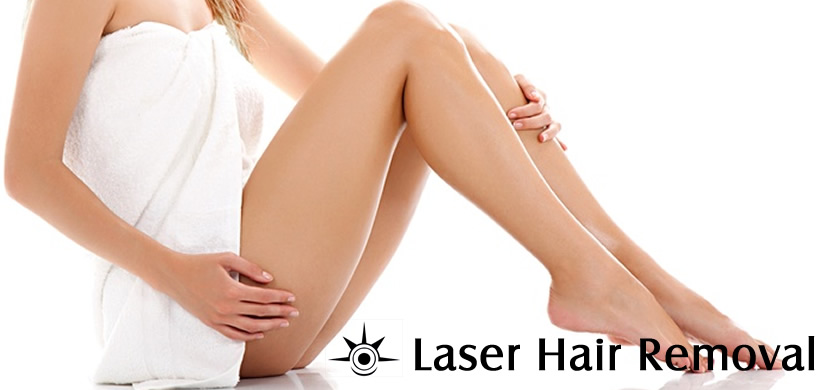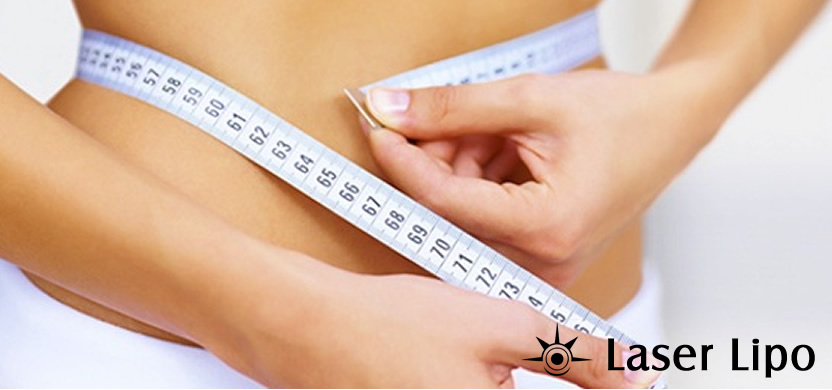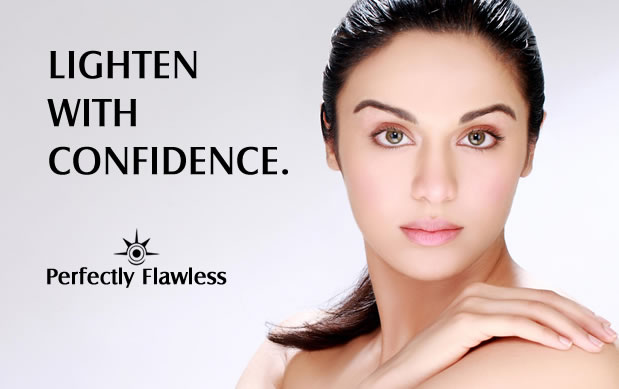FAQ
What is hyperpigmentation?
Hyperpigmentation is when the skin appears dark, blotchy, and uneven in colour. This darkening occurs when an excess of melanin, the brown pigment that produces normal skin colour, forms excess deposits in the skin as a form of protection. There are different forms of hyperpigmentation which differ in their depth and cause for the darkening. Hyperpigmentation can affect the skin colour of people of any race, although darker skin types tend to struggle more. Hyperpigmentation is a very difficult condition to treat depending on the different depths that it may occur.
- Epidermal (superficial) hyperpigmentation – this hyperpigmentation can be treated effectively with cosmeceutical products containing active de-pigmenting ingredients as it sits in the epidermis (go to www.perfectlyflawless.co.za).
- Dermal (deeper) hyperpigmentation – this hyperpigmentation cannot be treated effectively with any cosmeceutical de-pigmenting ingredient as it lies in the dermal layer. The only effective treatments are specific pigment lasers.
- A mixture of epidermal and dermal hyperpigmentation – Certain cosmeceuticals containing active de-pigmenting ingredients will be effective in reducing the epidermal hyperpigmentation; however the dermal pigmentation will remain unaffected.
There are a number of different factors that can trigger hyperpigmentation and these are as follows:
Sun damage is a very common trigger of hyperpigmentation, especially in hotter climates such as Africa’s. Freckles, age spots, and other darkened skin patches can become darker or more pronounced when skin is exposed to the sun. This happens because melanin absorbs the energy of the sun’s harmful ultraviolet rays in order to protect the skin from damage.
Melasma or Chloasma is hyperpigmentation triggered by hormonal changes/influences. Pregnancy, for example, can trigger overproduction of melanin that causes hyperpigmentation on the face. Melasma frequently reduces after pregnancy. Women who take birth control pills may also develop hyperpigmentation because their bodies undergo similar kinds of hormonal changes that occur during pregnancy.
Post inflammatory hyperpigmentation is another form of hyperpigmentation that is caused by any sort of trauma to the skin. (e.g. Acne) Post-inflammatory hyperpigmentation (PIH) causes skin darkening and discoloration that show up as spots, or as large patches on a person's skin. This is because cells that normally produce brown pigment evenly across your skin produce too much melanin. This happens because of an inflammatory reaction in the skin, or injury to the skin. Although PIH can occur in all skin types, it is more common in people of African, Asian, Latin, and indigenous Indian background, and can affect men and women equally.
Therapist concerns:
- Trigger for the pigment
- Ongoing UV stimulation
- Depth of the problem
- Client skin type and risks with therapy
- Client concerns:
- Dark marks
- Mottled pigmentation
- Uneven skin colour
- Thick make-up application
Problematic skin
Acne is a common skin disease characterized by pimples on the face, chest, and back. It occurs when the pores of the skin become clogged with oil, dead skin cells, and bacteria. Nearly 85% of people develop acne at some time between the ages of 12-25 years. Up to 20% of women develop mild acne.
The exact cause of acne is unknown however several risk factors have been identified: hormonal changes, diet, hereditary – individuals with a family history of acne have greater susceptibility to the disease. The environment – exposure to oils and greases, polluted air and sweat. Stressful lifestyle conditions can also contribute to problematic skin.
Your Accredited Lamelle Specialist or aesthetic medical doctor will prescribe a Lamelle acne treatment and associated products. This treatment protocol is designed to treat and prevent the excess sebum, dead skin cells and bacteria from clogging the pores and eventually leading to problematic skin. Lamelle’s highly active treatments have proven to be extremely successful in treating problematic skin due to innovative technology.
Therapist concerns:
- Trigger for the acne
- Ongoing oil production
- Resistance of the condition to therapy
- When to refer to an aesthetic medical doctor
Client concerns:
- Dark marks
- “zits”
- Inability to use more rich products
What is CAVITECHNOLOGY
Cavitation is a safe and effective method which uses an Ultrasound wave to penetrate the body’s fat layer using a small hand help probe. The alternating compression and decompression from the ultrasound wave results in the fat cell imploding. The toxins are then eliminated through the lymphatic system, resulting in body shaping, centimetre reduction and body contouring of localised fatty areas. It is a pain free and non-invasive treatment performed once a week. 6-12 sessions are recommended, depending on each individual case.
Remarkable results, especially in areas difficult to reduce by diet or exercise: Double chin, arms, bra line, abdomen, buttocks, and thighs
RADIOTECHNOLOGY
Radio-frequency is used for facial and body treatments to heat up the deeper layers of the skin. This heat triggers a natural response from the brain to increase blood, nutrients and mineral nutrients to the area. While the cells receive a reload of elements that generate life, they eliminate toxins and free radicals. Fibroblast cells are targeted, rejuvenating the cells. This leads to the formation of collagen fibres. Due to this collagen remodelling you will have a lifting, firming and tightening effect on the skin.
10 sessions are recommended, 2 times per week as this is a pain free and non-invasive treatment. It has been scientifically proven that there is a 20% improvement from the first treatment.
Save
Save
Save
Save
QUICK LINKS:
BOOK A FREE CONSULT

